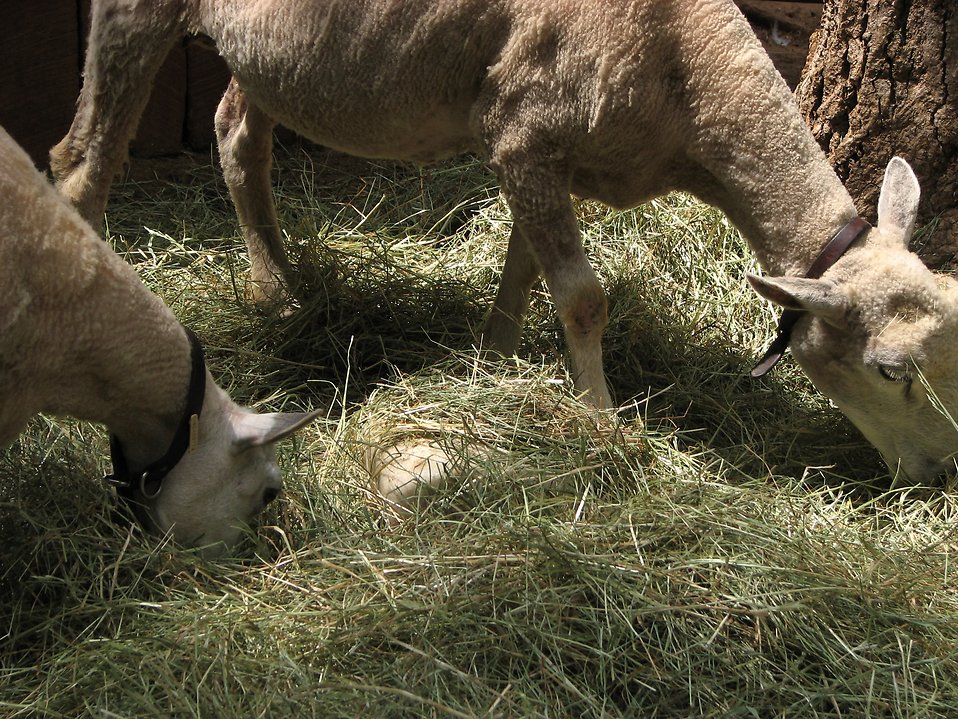Monday, November 2, 2015 - Nitrate accumulation in plants can occur for many reasons: environmental stress such as drought or hail, excessive application of  Nitrogen fertilizer, deficiency of other nutrients such as K and S, shade, prolonged cool temperatures, and others. Oats have been found to be the most prone to accumulating toxic nitrate levels, but cereal grains such as wheat and barley, as well as sorghums and sudangrasses, can also accumulate nitrates.
Nitrogen fertilizer, deficiency of other nutrients such as K and S, shade, prolonged cool temperatures, and others. Oats have been found to be the most prone to accumulating toxic nitrate levels, but cereal grains such as wheat and barley, as well as sorghums and sudangrasses, can also accumulate nitrates.
Nitrate toxicity starts as an accumulation of nitrates in the plant. Typically, the lowest third of the plant stem will have the highest level of nitrates. When an animal consumes feed containing large amount of nitrates, it is unable to completely convert the nitrates to microbial protein in the rumen and instead results in an accumulation of the more toxic nitrite. Nitrite will bind to hemoglobin, the oxygen-carrying component of blood, to form methemoglobin. Methemoglobin is unable to supply oxygen to the rest of the body, and the animal will start to become stressed.
Acute toxicity signs include things such as labored breathing, muscle tremors, weakness, and ultimately death. Animals that have chronic toxicity will have decreased production, rough hair coat, and reproductive issues, among others.
Try to avoid over-application of nitrogen fertilizer and do not overlook other soil nutrients, like Potassium and Sulfur, as they can have a significant impact on Nitrate uptake and accumulation in plants. When harvesting, wait for several days after a drought-ending rain before harvesting, or after a hail event.
If you suspect your forages may be “hot,” test for nitrates before harvesting or feeding.
Read more at this link